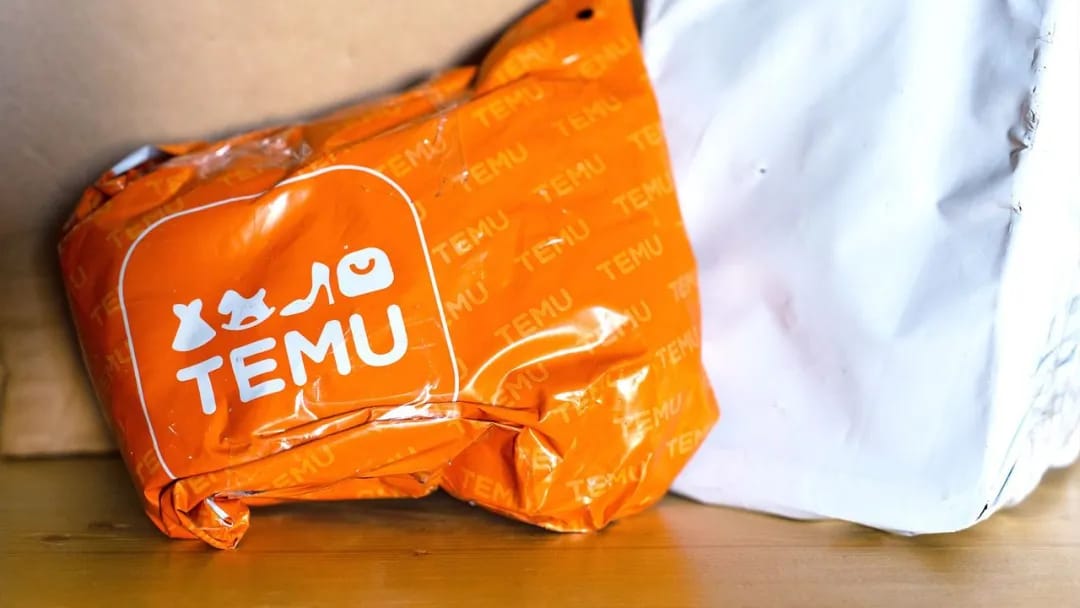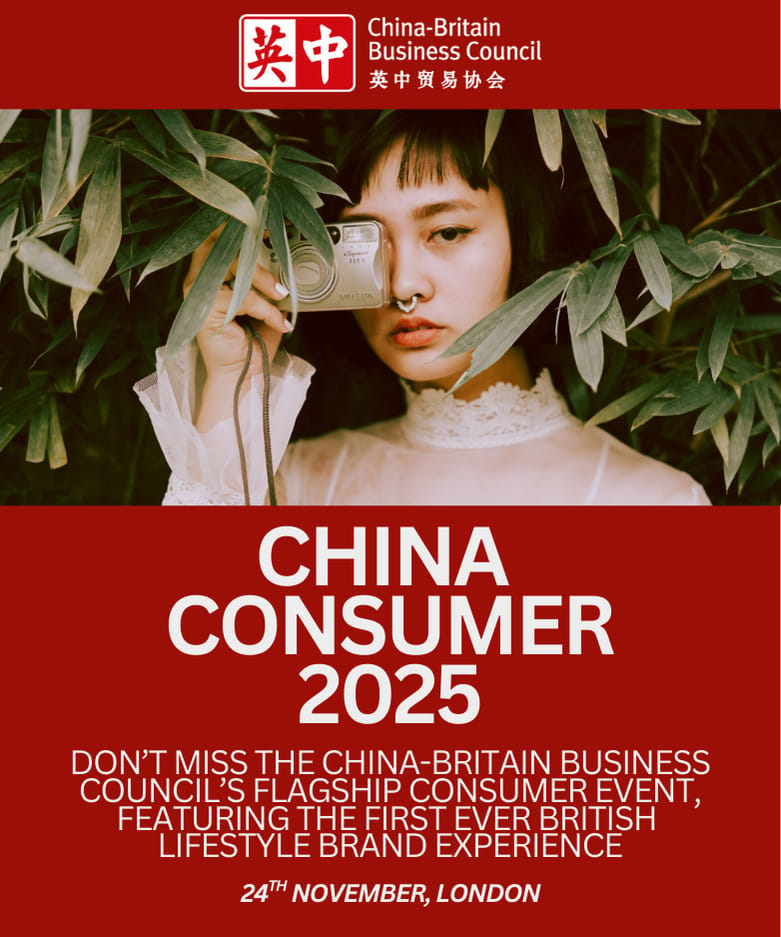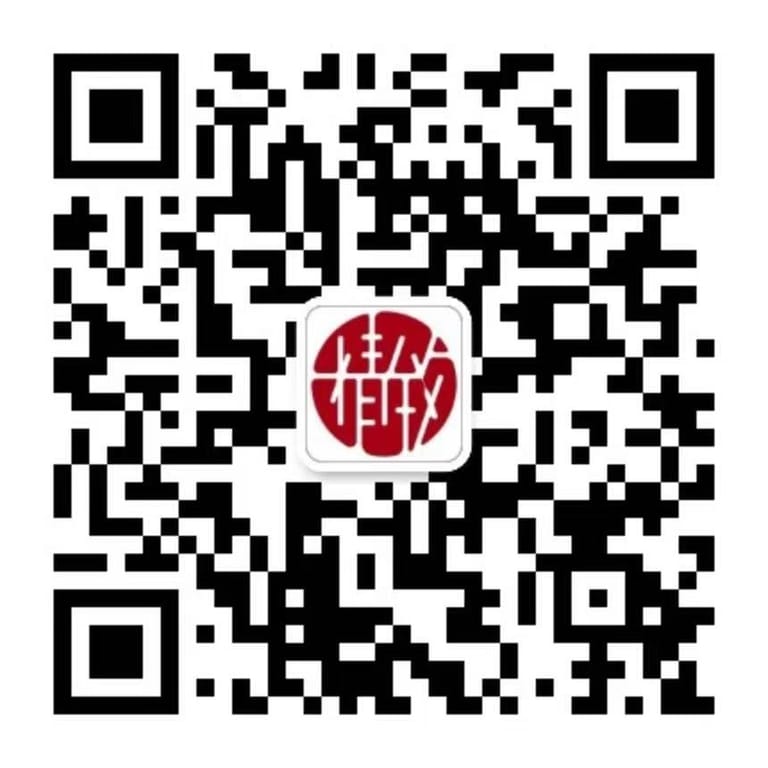US-China Tariff Truce Offers Brands Chance to Recalibrate
By
Wenzhuo Wu

Published on
May 13, 2025

Jingzhi Curates is your daily compass for navigating the dynamic intersections of business, culture, and society. Each installment distills the day’s most pressing issues into thoughtful, actionable insights—perfect for leaders, innovators, and the intellectually curious. Whether a game-changing shift in global markets, a breakthrough in AI, or a cultural trend redefining consumer behavior, Jingzhi Curates delivers clarity in complexity.
After years of escalating tension and tit-for-tat tariffs, the world’s two largest economies have hit pause, at least for now. In a deal brokered during talks in Geneva, US Treasury Secretary Scott Bessent announced that both nations have agreed to temporarily lower reciprocal tariffs to a 10 percent baseline rate for the next 90 days. Market watchers welcomed the move as a de-escalation of a trade war that has cost billions, saw financial markets plummet, and rattled supply chains across nearly every consumer-facing sector.
But for those on the front lines of the fashion, luxury, and consumer goods industries, this isn’t a return to the pre-trade-war status quo. Those days are likely history. What happened over the weekend is more of a tactical reset, one that offers short-term breathing room, but also sharpens the long-term strategic stakes for both global brands operating in China and Chinese players seeking growth beyond their borders.
For multinational brands with hefty stakes in China, the tariff rollback is undoubtedly a relief. With duties previously reaching 25 to 30 percent in some categories, the new 10 percent threshold restores a measure of margin flexibility. High-value sectors such as apparel, footwear, beauty, and electronics, are undoubtedly relieved. In theory, this could translate to more competitive pricing, reactivated demand, and a boost in profitability.
Yet, the temporary nature of the agreement—set to expire in a mere three months—means brands must tread carefully. Many had already diversified sourcing away from China toward Southeast Asia, Mexico, or India. While the pause may slow that shift, it won’t reverse it. The volatility of US-China trade relations has become an embedded part of the cost structure, and the smart money favors resilience over re-consolidation.
Pricing dynamics also won’t revert overnight. Chinese consumers, shaped by years of rising costs and promotional cycles, have grown more value-driven and selective. Even if brand-side margins improve, those gains will be measured against a more cautious and discerning domestic audience. For global players, the real opportunity lies not in price correction, but in reasserting relevance in a market with its own emerging and nimble brands and home to consumers with far more sophisticated tastes and expectations.
On the other side of the equation, the tariff easing offers a crucial window for Chinese exporters and emerging consumer brands. For manufacturers long affected by US duties on goods ranging from apparel to electronics, the lower rate could provide relief for stalled orders, recalibrate pricing strategies, and restore confidence among overseas buyers. But the short duration of the truce means that agility is key. This is not a long runway—it’s a test sprint.
For Chinese brands with global aspirations, this is also a chance to do more than ship product. Lower trade barriers temporarily reduce entry costs and allow players like Shein and Temu to compete more aggressively on price. But real success in overseas markets will depend on deeper moves—building trust through sustainability, cultural relevance, and stronger brand storytelling, areas where Chinese brands fall short outside the domestic market. With geopolitical narratives shaping consumer perception in the West, Chinese companies will need to connect with global audiences not just through product features, but through values.
At the same time, exporters must see this period as a chance to shift from reactive to proactive. The trade war exposed vulnerabilities in over-dependence on US markets, and many Chinese firms have since explored expansion in Europe, Southeast Asia, and Latin America. The 90-day pause provides a moment to regroup, but long-term survival depends on diversification and brand differentiation, not tariff relief alone.
The broader takeaway from this truce is not that the storm has passed; instead, volatility has become the norm, not the exception. Trade shocks are no longer anomalies—they are strategic realities. In this climate, the competitive edgebelongs to those who adapt, not those who wait it out.
Foreign and Chinese brands must design for uncertainty. Operational flexibility must be embedded across production, pricing, and distribution. Trust, once taken for granted, must now be earned and re-earned in every market. And speed—both in decision-making and execution—will increasingly define who thrives and who lags.
The tariff truce is not a peace treaty, it’s a pressure valve. While it may clam the markets for now, it does little to resolve the deeper disconnects between two economic giants still locked in strategic competition.
For business leaders, the 90-day clock is ticking. So is the window to turn a temporary reprieve into long-term advantage.












